
Commercial Fruit Coconut Milk Screw Press Orange Juicer Extractor Machine Apple Tomato Fruit Juice Making Machine

VBJX Automated Natural Passion Fruit Juice Making Complete Production Line Plant Orange Juice Concentrate Processing Machine


Industrial Fruit And Vegetable Processing Food Drying Machine For Carrot Mango Chips Dehydrating


Automatic 500g 1kg Powder Sports Drink Protein Powder Coffee Milk Spice Powder Filling Machine


60ml 10ml 30ml 120ml Chubby Gorilla Oil Eye Dropper Juice Liquid Bottle Filling Machine With Fully Automatic Capping Filler


VBJX Small Scale Lemon Mango Production Line Cashew Apple Papaya Banana Juice Making Machine To Make Fruit Juice South Africa

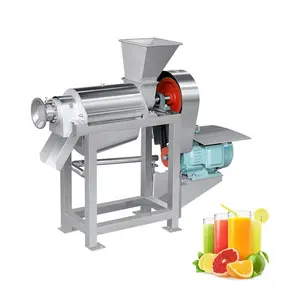
Pineapple Tomato Mango Pulp Make Fruit Pulper Coconut Milk Extract Fruit Juice Press Extractor Machine

industrial fruit juice extractor concentrate machine pulp fruit mango juice making machine

Commercial mango pulper /fruit pulp juice making machine/mango puree extractor

2% Discount Puree Mango Juice Pulp Making Machine Mango Juicer Fruit Pulper Extracting Machine Making Fruit Pulp

Industrial Stainless Steel Mango Pulper / Fruit Pulp Juice Making Machine / Mango Puree Extractor Machine Price

Turnkey Project Complete Hot Bottling Making Machines Automatic Fruit Apple Orange Mango Juice Filling Production Line

Fruits juice making machines orange pineapple mango juice pulp machine

Manufactured juice making machines complete mango juice filling processing line
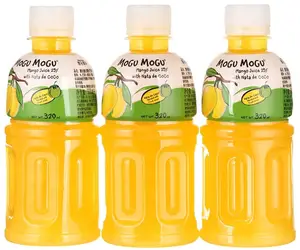
Fruit Mixed Juice Mango Processing Plant Line Tomato Juice Production Line Making Machine

Best Mango Pulp Juice Beverage Making System Manufacturing Machine Production Line Mango Puree Making Machine

Industrial fruit pulp juicer / mango juice making machine

Factory Price Complete Set Automatic Plastic Small Bottle Mango Juicer Orange Fruit Juice Filling Making Packing Machine

Mango Pulper Pulp Beating Fruit Jam paste tomato sauce juice Making Machine vegetable pulper pulping fruit beating machine

High Automation Fruit De-stoning And Pulping Machine / Mango Pulp Making Machine / Mango Juice Processing Machine

Automatic Mango Pulp Making Juice Extractor Production Line Peeling Pitting Juicer Beating Mango Beater Machine

Industrial dried mango juice production line mango pulp processing line mango puree making machine from A-Z machinery

Commercial Fruit and Vegetable Lemon Mango Apple Tomato Pineapple Juicer Crushing Screw Extractor Juicing Making Machine
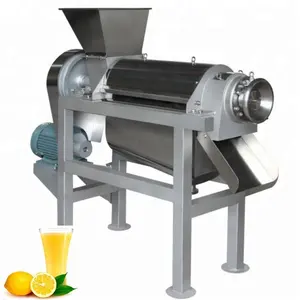
Tropical orange fruit / mango / banana / pineapple juice making machine

Fruit Nuclear Beater Juicer Maker Pineapple Tomato Pulp Making Mango Beating Pulping Machine Mango Juice Extraction Machine

Energy Saving Pineapple Fruit Pulp Extractor Mango Juice Making Machine

Mango Processing Line Tropical Fruit Juice Pulp Making Machine

Stable Performance Guava Pulper Machine / Mango Pulp Processing Line / Fruit Pulp Juice Making Machine

Hot Sale Making Production Line Flavored Ginger Fruit Orange Mango Automatic Tomato Juice Filling Machine
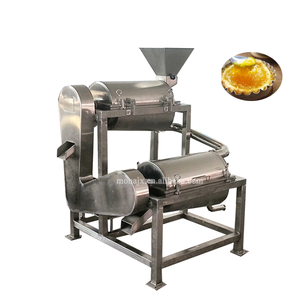
Mango Pulper Pulp Beating Fruit Jam paste tomato sauce juice Making Machine vegetable pulper pulping fruit beating machine price

Industrial cheap banana juice extractor mango juicer production line mango pulp making machine

Tomato Paste Juice Ketchup Making Machine Pulping Machine Factory 304 Stainless Steel Tomato Mango Kiwifruit Strawberry 1.5-15KW

fruit juicer production line processing machine mango orange apple juice concentrate beverage making machine
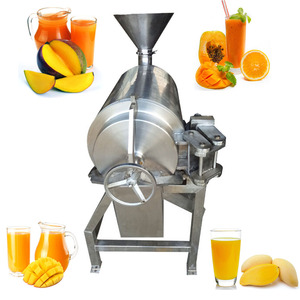
Mango Puree Extractor Machine 500kg/hour Industrial Stainless Steel Mango Pulper /fruit Pulp Juice Making Machine Price
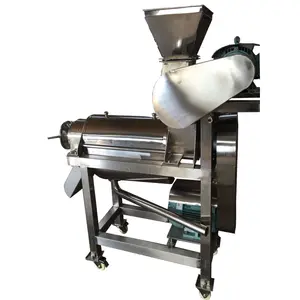




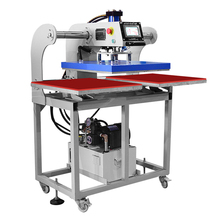







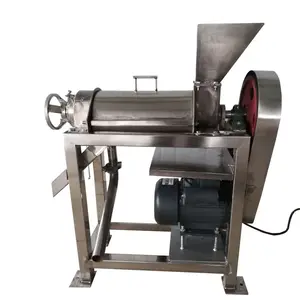



























 浙公网安备 33010002000092号
浙公网安备 33010002000092号 浙B2-20120091-4
浙B2-20120091-4